I have put a UINavigationController into an expandable "Drawer". My goal is to let each viewController in the navigation stack to have its own "preferred" height.
Let's say VC1 needs to be tall. When navigating back to VC1 from VC2 I want it to animate its height to be tall. The animation logic seems to be working, even with the interaction of swipe.
But for some reason, the viewControllers in the navigationController are "cut off". Their constraints are correct, but they aren't updated(?). Or a portion of the content simply won't render, until I touch the view again. The invisible area on the bottom will even accept touches.
Take a look:
The expected result is that the contentViewControllers (first and second) always extend to the bottom of the screen. They are constraint to do this, so the issue is that they won't "render"(?) during the transition.
In the UINavigationController's delegates, I do the following:
func navigationController(_ navigationController: UINavigationController, willShow viewController: UIViewController, animated: Bool) {
transitionCoordinator?.animate(alongsideTransition: { (context) in
drawer.heightConstraint.constant = targetHeight
drawer.superview?.layoutIfNeeded()
}, completion: { (context) in
print("done")
})
}
The height change is perfect. But the content in the navigation won't comply. The navigationController is constrained to leading, trailing, bottom, and a stored heightConstraint that changes its constant.
As soon as I touch/drag the navigationController/content it instantly "renders the unrendered", and everything is fine. Why is this happening?
When inspecting the view hierarchy, it looks like this:
The NavigationController is as tall as it needs to be, but the content is the same height as the entire Drawer was when the transition started, and it doesn't update until I touch it. Why?
Edit: I've pushed the code to my GitHub if you want to take a look. Beware though, there are several other issues there as well (animation etc.), don't mind them. I only want to know why the navigation won't render "future" heights.



